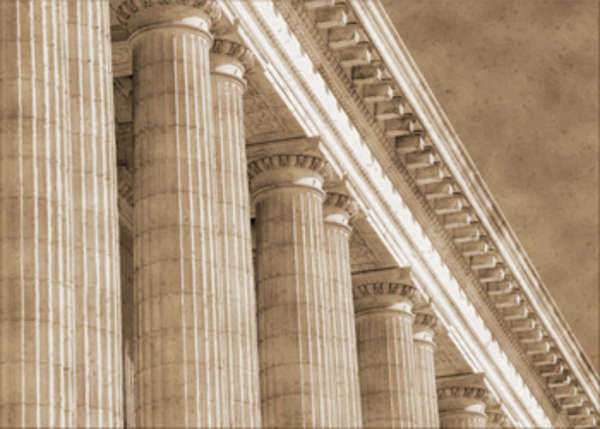Scott Peterson

Scott Peterson: The Infamous Laci Peterson Case
On December 24, 2002, Laci Peterson, an eight-months-pregnant woman, vanished from her home in Modesto, California. Her disappearance sent shockwaves throughout the community and sparked a massive investigation that would ultimately lead to the arrest and conviction of her husband, Scott Peterson.
Scott Peterson, a 31-year-old fertilizer salesman at the time of his wife’s disappearance, was initially hailed as a devoted husband and expectant father. However, as the investigation unfolded, authorities discovered a web of deceit and lies that would ultimately unravel the very fabric of their seemingly perfect marriage.
Laci Peterson was last seen by her neighbor, Amy Hawley, on December 24th when she went for a morning jog around 6:00 am. She never returned home, and her husband reported her missing later that day. The police launched an investigation, but it wasn’t until weeks later that they discovered Laci’s pregnancy had been hidden from her family and friends.
The investigation led authorities to suspect Scott Peterson’s involvement in his wife’s disappearance. They discovered that he had been leading a double life, frequenting massage parlors and bars under an assumed identity. His alibi for the time of Laci’s disappearance was shaky at best, and his behavior seemed increasingly suspicious.
As the investigation continued, detectives uncovered evidence that pointed to Scott’s guilt. They found a pair of shoes near the San Francisco Bay Bridge that matched those Scott wore on the day of his wife’s disappearance. Further examination revealed that the shoes had been worn through a large puddle of water, consistent with the location where Laci’s body was later found.
In March 2003, Scott Peterson was arrested and charged with first-degree murder. The prosecution’s case against him was built on circumstantial evidence, including his lies to authorities, inconsistencies in his alibi, and the discovery of his mistress, Amber Frey. Frey, a massage therapist from Iowa, had become embroiled in an affair with Scott just weeks before Laci’s disappearance.
During the trial, prosecutors presented testimony from Frey and other witnesses who described Scott’s infidelity and lack of concern for his wife’s well-being. The prosecution also introduced evidence of Scott’s history of lying to authorities and his attempts to distance himself from Laci before her disappearance.
On March 16, 2005, the jury delivered a guilty verdict after deliberating for just over five hours. Scott Peterson was convicted of first-degree murder with special circumstances and sentenced to death.
The case against Scott Peterson raised questions about the manipulation of evidence and potential bias within the justice system. Many criticized the prosecution for relying too heavily on circumstantial evidence and for allegedly withholding information from the defense team. In response to these concerns, California Attorney General Jerry Brown called for an investigation into potential improprieties within the case.
Despite these criticisms, Scott Peterson remains incarcerated at San Quentin State Prison awaiting his execution by lethal injection. In recent years, there have been efforts to commute his sentence to life without parole due to concerns about potential prosecutorial misconduct.
The Laci Peterson case has had a lasting impact on crime victims’ rights and advocacy organizations. It has also served as a reminder of the devastating consequences of domestic violence and the importance of supporting survivors of abuse.
In conclusion, Scott Peterson’s case is a tragic example of how seemingly perfect marriages can mask underlying darkness and deceit. His conviction has brought some measure of justice to Laci’s family and friends but also raises important questions about the fairness of our criminal justice system.
Sources:
“The Trial of Scott Peterson” by Catherine Crier
“Laci: Inside the Shocking True Story of Love, Deceit & Murder” by Robert Stack
“The Case Against Scott Peterson” by Michael Tabor
Note: This article is based on publicly available information and court documents. The author does not claim to have access to confidential or privileged information related to the case.

























